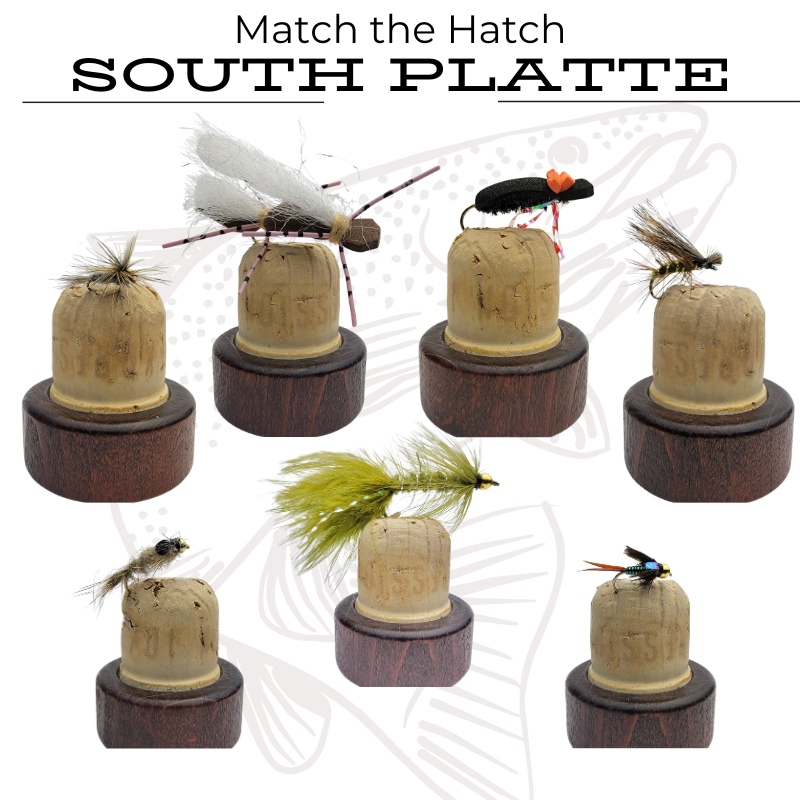Exploring the correlation between craftsmanship, materials, and cost in high-end fly fishing gear.
The Role of Premium Materials

High-end fly fishing gear often utilizes premium materials to enhance performance and durability. These materials are carefully selected to meet the demands of avid anglers who seek top-notch performance from their gear. Premium materials such as carbon fiber, titanium, and high-quality stainless steel are used to construct fly rods, reels, and other gear components.
Using premium materials ensures that the gear is lightweight yet strong enough to withstand the rigors of fly fishing. Carbon fiber, for example, is known for its exceptional strength-to-weight ratio, making it an ideal choice for fly rods. Titanium is also highly regarded for its strength and corrosion resistance, making it a popular material for fly reel frames. By incorporating these premium materials, manufacturers can create high-performance gear that can handle fly fishing demands in various conditions.
Premium materials enhance the performance of fly fishing gear and contribute to its overall aesthetics. High-quality materials give the gear a sleek and sophisticated appearance, appealing to fly-fishing enthusiasts who appreciate functionality and style. The craftsmanship involved in working with these materials further adds to the value of the gear, as skilled artisans meticulously design and construct each component to ensure optimal performance and longevity.
Innovations in Material Technology
Advancements in material technology have played a significant role in developing high-end fly fishing gear. Manufacturers are constantly researching and experimenting with new materials and manufacturing techniques to improve the performance and durability of their products.
One notable innovation in material technology is the use of composite materials. These materials combine different materials properties to create a stronger, lighter, and more durable product than traditional materials. For example, manufacturers have started incorporating carbon fiber composite into fly rod blanks, resulting in lightweight and solid rods.
Another area of innovation is the development of corrosion-resistant materials. Fly fishing gear is constantly exposed to water, which can cause rust and corrosion over time. To combat this issue, manufacturers have started using materials such as stainless steel and aluminum alloys that are highly corrosion-resistant. This ensures the gear remains in top condition after prolonged use in various fishing environments.
Innovations in material technology improve the performance and durability of high-end fly fishing gear and contribute to its overall value. Anglers can expect gear built to last and perform at its best, thanks to the continuous advancements in material technology.
Environmental Impact of Materials

The use of premium materials in high-end fly fishing gear may come at a cost to the environment. Some materials, such as carbon fiber and titanium, require energy-intensive manufacturing processes that can contribute to carbon emissions and other environmental impacts.
However, manufacturers are increasingly aware of the environmental concerns associated with their products and are taking steps to mitigate their impact. They are exploring sustainable alternatives to traditional materials and adopting eco-friendly manufacturing practices.
For example, some manufacturers are incorporating recycled materials into their gear. Using recycled carbon fiber or aluminum can reduce the demand for virgin materials and minimize waste. Additionally, manufacturers are embracing sustainable manufacturing practices, such as using renewable energy sources and minimizing water usage.
While premium materials in high-end fly fishing gear may have environmental implications, the industry is trying to minimize its footprint and promote sustainability.
Customization and Personalization

One of the reasons why fly fishing gear can be expensive is the level of customization and personalization available. High-end gear often allows anglers to customize various aspects of their equipment to suit their preferences and fishing style.
Customization options can include choosing the color and finish of the gear, selecting the type of handle or grip, and even engraving personal initials or logos. These customization options require additional time and effort from manufacturers, resulting in a higher price tag.
Personalization adds a touch of individuality to the gear and allows anglers to create equipment that perfectly suits their needs and preferences. This level of customization and personalization is often unavailable in lower-priced gear, making high-end fly fishing gear a desirable choice for anglers who value uniqueness and tailor-made equipment.
Balancing Quality and Cost

The cost of high-end fly fishing gear results from the balance between quality and price. Manufacturers invest in premium materials, craftsmanship, and innovative technologies to create gear that meets the high standards of avid anglers. These factors contribute to the overall quality and performance of the gear, making it worth the higher price.
Furthermore, the production of high-end gear is often done in smaller quantities compared to mass-produced gear. This limited production can drive up costs, as manufacturers need to cover their expenses and maintain profitability.
While high-end fly fishing gear may have a higher price tag, it assures anglers of superior quality, durability, and performance. Investing in such gear can result in a more enjoyable and successful fishing experience, making it a worthwhile choice for passionate fly anglers.
.png?width=300&height=100&name=Copy%20of%20Rise%20Beyond%20Logo%2012.31.24%20(300%20x%20100%20px).png)


.png)
